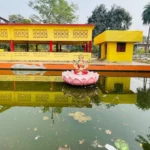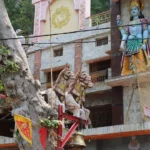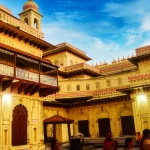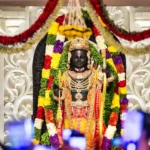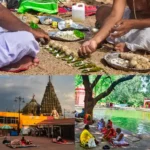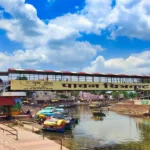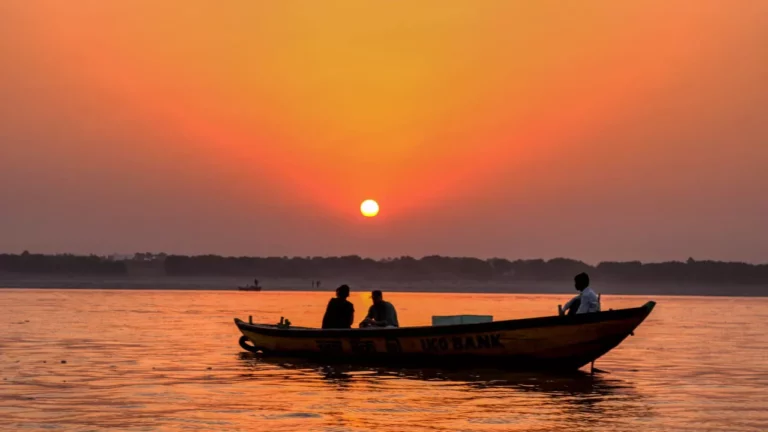The most sacred temple in Varanasi is Kashi Vishwanath Temple.
One of Varanasi‘s holiest temples, the Kashi Vishwanath Temple, is devoted to Lord Shiva. The temple, which lies in the center of the city, is one of India’s twelve Jyotirlingas, or holy symbols of Lord Shiva. The temple has a lengthy and complex history, and throughout the ages, it has been both destroyed and rebuilt numerous times. Although non-Hindus are not permitted inside the temple, it is nonetheless worth visiting from the outside.
The birthplace of Buddhism is Sarnath.
It is said that Sarnath, a little village outside of Varanasi, is where Buddhism originated. Many Buddhist temples and monasteries can be found in the town, which is also the location of the first sermon that Buddha delivered after being enlightened.

The Dhamek Stupa, a huge, cylindrical structure that is thought to mark the location where Buddha delivered his speech, is the main draw of Sarnath.
A Look Back at Varanasi’s Imperial History at Ramnagar Fort
On the Ganges River’s opposite bank from Varanasi sits the medieval fort of Ramnagar. The royal family lived in the fort, which was constructed in the 18th century by Kashi Naresh, the hereditary king of Varanasi. Nowadays, the fort welcomes guests and is home to a museum showcasing Varanasi’s history and culture.
Other Attractions in Varanasi
A popular location for yoga and meditation is Assi Ghat
The Lord Rama temple Tulsi Manas Temple is located near the prestigious Banaras Hindu University.
A mosque constructed on the site of an old temple is called the Gyanvapi Mosque.
In conclusion, Varanasi is a city rich in history, culture, and spirituality. There is something for everyone in this historic city with its plethora of temples, ghats, and other attractions. Varanasi has a lot to offer, whether you are a history buff, a spiritual seeker, or just someone who enjoys travelling.

It is advised to hire a guide or go on a guided tour to get the most out of your trip. A skilled tour guide can help you get around the city’s crowded streets and alleys and can also tell you interesting things about the history and significance of each attraction. Also, when going to temples and other places of worship, it’s important to follow the local traditions and dress modestly.











